Rising Industrial Safety Standards
the market is growing due to the increasing emphasis on industrial safety standards across various sectors. Regulatory bodies in the US are mandating stricter safety protocols, which necessitate the use of advanced gas detection systems. Industries such as oil and gas, manufacturing, and chemical processing are particularly affected, as they face heightened scrutiny regarding worker safety. The market is projected to expand as companies invest in reliable gas detection solutions to comply with these regulations. In 2023, the market was valued at approximately $1.5 billion, with expectations of a CAGR of around 6% through 2028. This trend indicates a robust demand for innovative gas detection technologies that enhance workplace safety and mitigate risks associated with hazardous gases.
Expansion of the Oil and Gas Sector
The expansion of the oil and gas sector is a critical driver for the gas detection-equipment market. As exploration and production activities increase, the demand for reliable gas detection systems becomes paramount to ensure safety and compliance. The US oil and gas industry has seen substantial investments, leading to a heightened focus on safety measures to prevent accidents and environmental disasters. In 2023, the sector accounted for approximately 30% of the total market share in gas detection equipment, with projections indicating continued growth. This trend suggests that as the oil and gas sector evolves, the gas detection-equipment market will likely experience significant expansion, driven by the need for advanced safety solutions.
Growing Awareness of Environmental Hazards
The gas detection-equipment market is benefiting from a growing awareness of environmental hazards associated with gas emissions. As public concern regarding air quality and environmental protection rises, industries are compelled to adopt gas detection systems to monitor and mitigate emissions. This trend is particularly evident in sectors such as waste management and energy production, where the potential for harmful gas release poses significant risks. The market is projected to grow as companies invest in detection equipment to comply with environmental regulations and enhance their sustainability efforts. In 2025, the market is expected to surpass $2 billion, driven by the increasing need for effective monitoring solutions that address environmental concerns. This heightened awareness indicates a shift towards more responsible industrial practices, further propelling the gas detection-equipment market.
Technological Advancements in Detection Methods
Technological advancements are significantly influencing the gas detection-equipment market. Innovations such as wireless technology, IoT integration, and advanced sensor technologies are enhancing the efficiency and accuracy of gas detection systems. These developments allow for real-time monitoring and data analysis, which are crucial for industries that handle volatile substances. The integration of smart technologies is expected to drive market growth, as companies seek to improve operational efficiency and safety. In 2024, the market is anticipated to reach $1.8 billion, reflecting a growing preference for sophisticated detection solutions. The ongoing evolution of detection methods suggests a promising future for the gas detection-equipment market, as businesses increasingly prioritize advanced safety measures.
Increased Investment in Infrastructure Development
Increased investment in infrastructure development is positively impacting the gas detection-equipment market. As the US government and private sector allocate funds for infrastructure projects, the demand for gas detection systems in construction and maintenance activities rises. These systems are essential for ensuring safety in environments where gas leaks could pose serious risks. The market is expected to grow as infrastructure projects expand, with an estimated increase of 5% in demand for gas detection equipment by 2026. This trend indicates a proactive approach to safety in infrastructure development, suggesting that the gas detection-equipment market will continue to thrive as new projects emerge.


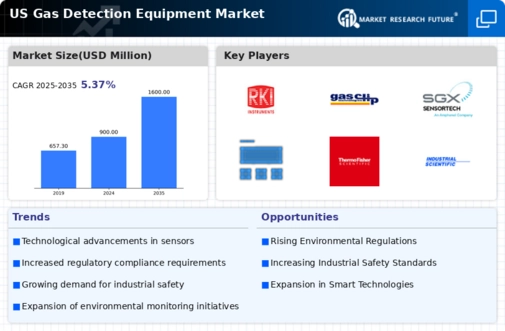
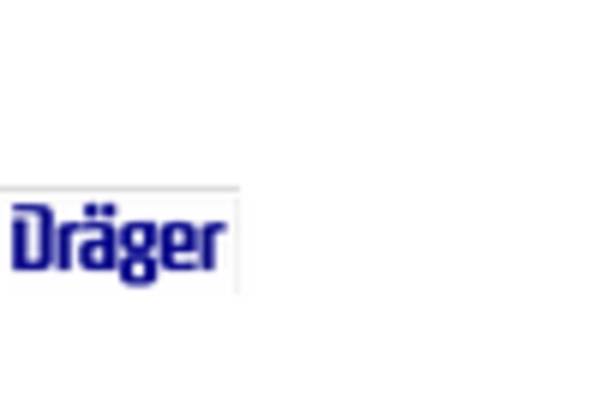
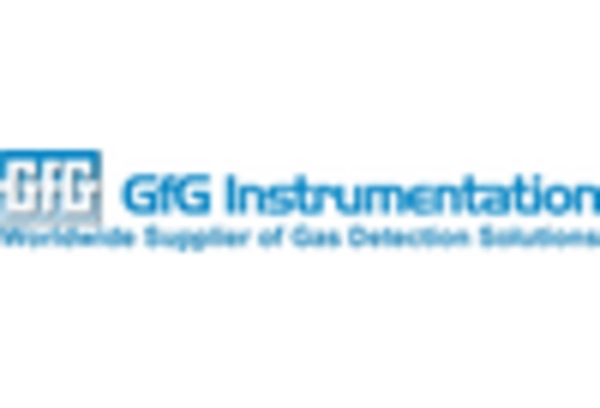

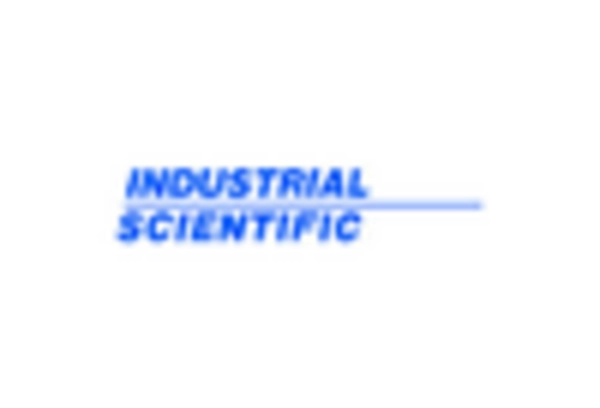

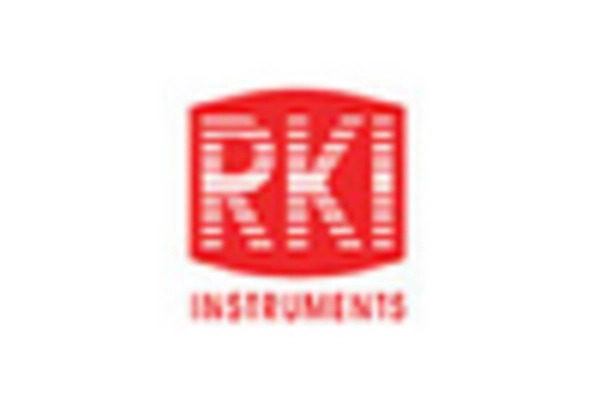








Leave a Comment